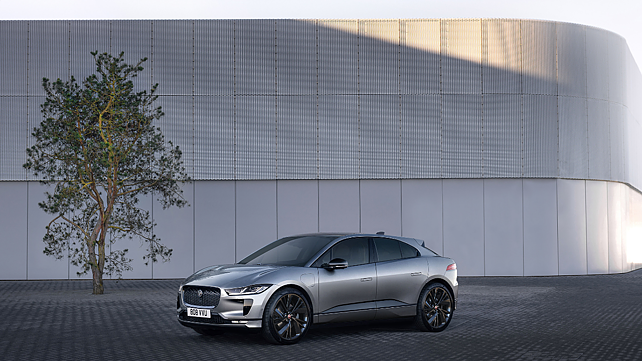
The Tata-owned global luxury vehicle maker Jaguar Land Rover has announced its commitment to reduce greenhouse gas emissions across its operations by 46% by 2030 compared to a 2019 baseline.
Additionally, the company aims to cut average vehicle emissions across its value chains by 54%, including a 60% reduction throughout the use phase of its vehicles.
According to a press release from the company, these goals are approved by the Science Based Targets initiative (SBTi) and confirm the company’s pathway to a 1.5°C emissions reduction in line with the Paris Agreement.
These targets are to be followed by a second-decade ambition for net-zero emissions across the supply chain, product, and operations by 2039 as part of its Reimagine strategy.
To achieve this, the company will decarbonise across design and materials, manufacturing operations, supply chain, electrification, battery strategy, circular economy processes, and up to end-of-life treatment, the release added.
Furthermore, to support its mission, it has appointed Rossella Cardone as the Sustainability Director to drive its transformation and support François Dossa, Executive Director, Strategy and Sustainability.
Cardone said, “As we move from climate ambition into action, we are now embedding sustainability into the Jaguar Land Rover DNA to minimise our carbon footprint across our value chain. Science-based targets tell us how much and how quickly we need to reduce our greenhouse gas emissions as well as keeping stakeholders informed about our progress.”
Alberto Carrillo Pineda, Managing Director, Science-Based Targets, CDP, said, “By setting ambitious science-based targets grounded in climate science, Jaguar Land Rover is taking action to prevent the most damaging effects of climate change.